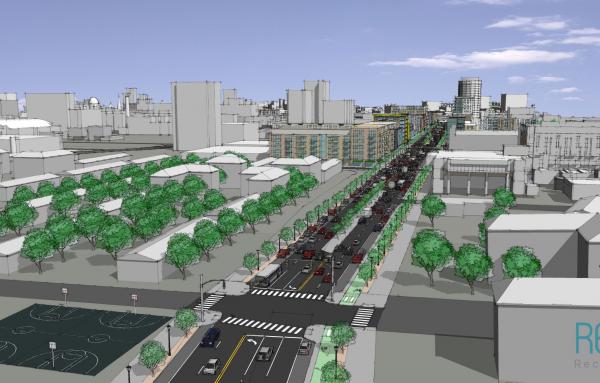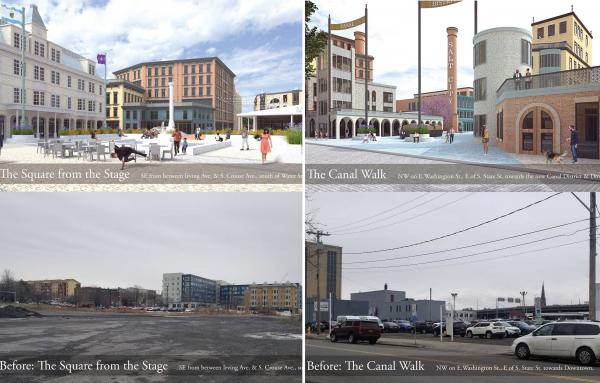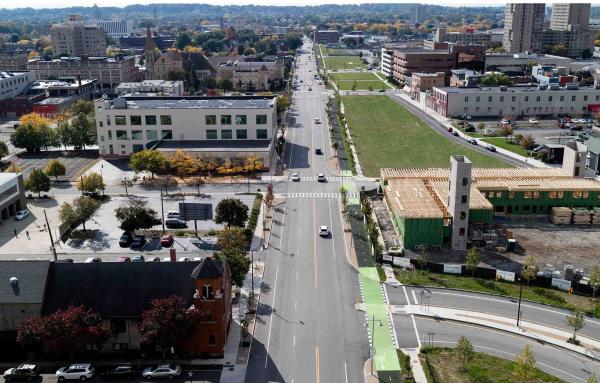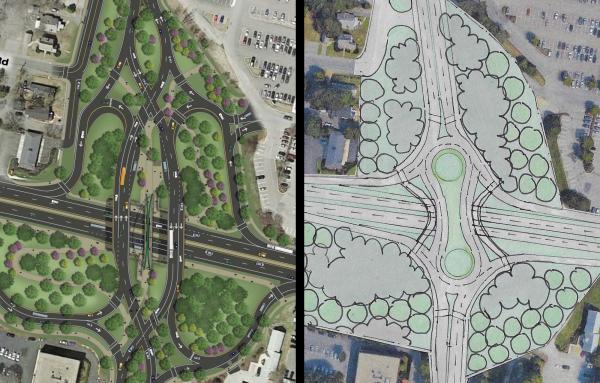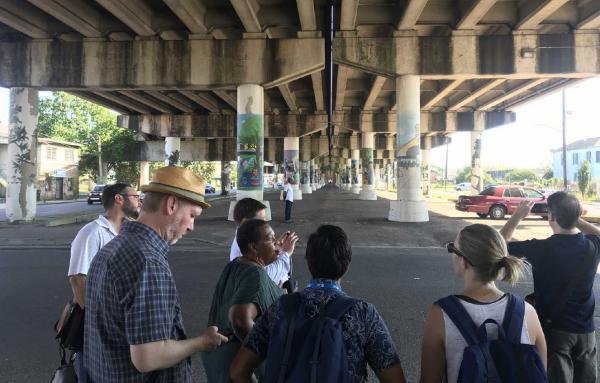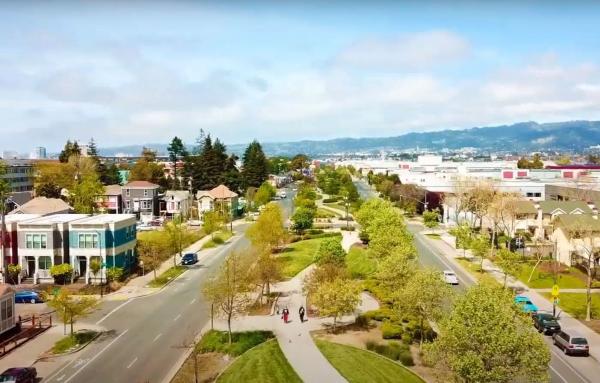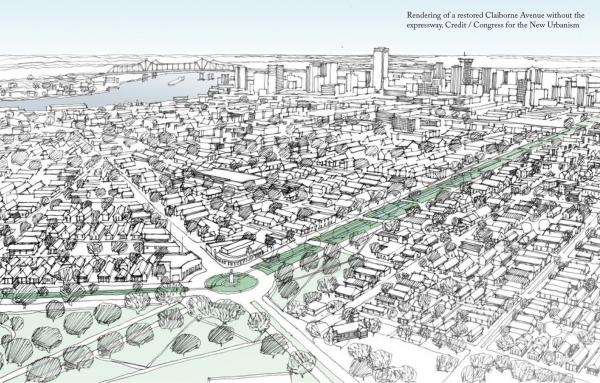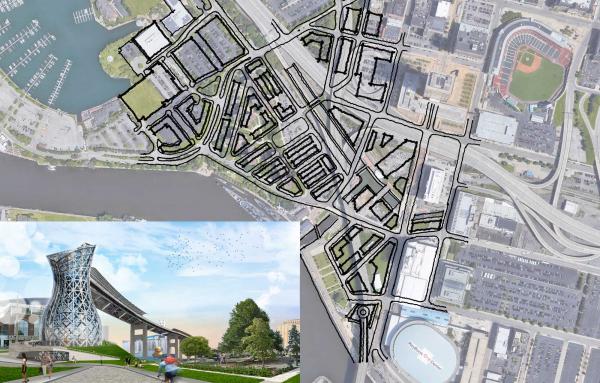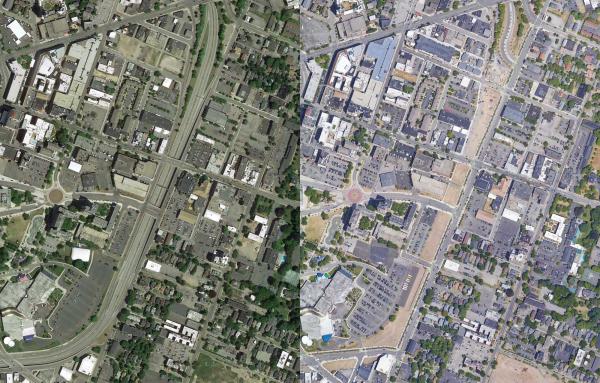Freeway transformation
Highway removal offers a path to community revitalization and greater economic development, according to Freeways Without Futures 2021, released June 1.
The replacement for Interstate 81 in the heart of Syracuse should be designed and built on the scale of a city street, giving the city an economic shot in the arm.
Syracuse and NYS Department of Transportation face difficult decisions with the replacement of the I-81 elevated highway through downtown, choices that will impact the city for generations to come. The highway, past due for reconstruction, will be...
For many Americans, controlled-access highways are a regular part of their daily landscape. They take these high-speed roads for granted, with little consideration of how they were built, the damage they have caused, and the massive amount of money...
This article began as a would-be tweetstorm, until I realized there was too much to say. Jonathan Berk, director of Patronicity, tweeted out an image of this new intersection planned by MassDOT for Natick, a Boston suburb, and it was a shock. Sure,...
Current NYSDOT proposals prioritize the high—speed movement of automobiles—the design should be improved to focus on safety and community.
Know a highway that’s got to go? Submit a nomination before November 25, 2020.
Editor's note: Join us Tuesday, August 25th, for On the Park Bench: Equity-Driven Planning, a 2 p.m. (Eastern) webinar with Mitchell Silver, New York City Parks Commissioner, who will exhibit a variety of ways that equity, inclusivity, and diversity...
A new report by the Lincoln Institute of Land Policy examines the highways-to-boulevards trend and how this will impact cities in coming years.
Highways to Boulevards campaign organizers and CNU members visited 20 Congressional offices in late October, to discuss two current proposals in Congress that would offer funds for highway removal.
With the governor’s endorsement, CNU’s long-time recommendation to transform Buffalo’s Skyway is closer to reality. The city and state have an opportunity to implement the best ideas from the top proposals.
A pilot program proposed to fund the study and removal of highways in urban contexts, an idea of great interest to urbanists, has largely flown under the radar.

